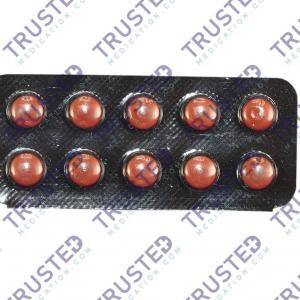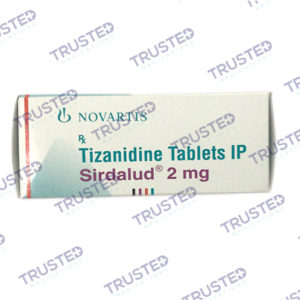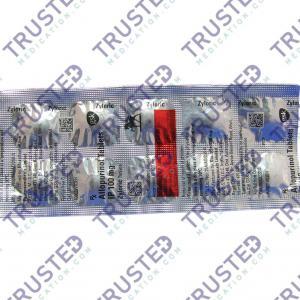
Benign prostatic hyperplasia (BPH) is common as men age. An enlarged prostate gland can cause uncomfortable urinary symptoms, such as blocking urine flow out of the bladder. It can also cause bladder, urinary tract, or kidney problems. There are several effective treatments for prostate gland enlargement, including medications, minimally invasive therapies, and surgery.
What is Benign Prostatic Hyperplasia?
Benign prostatic hyperplasia (BPH) is when the prostate and surrounding tissue expand. The prostate goes through two main growth periods as a man ages. The first is early in puberty when the prostate doubles in size. The second begins around age 25 and continues during most of a man’s life. As you age, your prostate may get larger. BPH is when it gets large enough to cause problems.
While the prostate is usually the size of a walnut or golf ball in adult men, it can grow as large as an orange. As the gland enlarges, it can squeeze the urethra. The bladder wall becomes thicker. Over time the bladder may weaken and lose the ability to empty fully. Urine then remains in the bladder. These problems cause many of BPH’s lower urinary tract symptoms (LUTS). If you cannot pass urine at all or have renal failure, immediate attention is required. But other symptoms like weak urine stream or the need to push or strain can many times be monitored.
What Are The Symptoms Of BHP?

The severity of symptoms in people with prostate gland enlargement varies, but symptoms gradually worsen over time. Common signs and symptoms of BPH include:
- Frequent or urgent need to urinate
- Increased frequency of urination at night
- Difficulty starting urination
- Weak urine stream or a stream that stops and starts
- Dribbling at the end of urination
- Inability to empty the bladder
Less common signs and symptoms include:
- Urinary tract infection
- Inability to urinate
- Blood in the urine
The size of your prostate doesn’t necessarily determine the severity of your symptoms. Some men with only slightly enlarged prostates can have significant symptoms, while others with very enlarged prostates can have only minor urinary symptoms. In some men, symptoms eventually stabilize and might even improve over time.
What Is The Treatment For BHP?
Various treatments are available for enlarged prostate, including medication, minimally invasive therapies, and surgery. The best treatment choice for you depends on several factors, including:
- The size of your prostate
- Your age
- Your overall health
- The amount of discomfort or bother you are experiencing
If your symptoms are tolerable, you might postpone treatment and monitor your symptoms. For some men, symptoms can ease without treatment.
Medication is the most common treatment for mild to moderate symptoms of prostate enlargement. The option includes:
- Tamsulosin-Finasteride – Tamsulosin is a selective antagonist receptor in the prostate and bladder. It works by blocking the receptors, causing the muscles to relax and urine to flow easily. Finasteride is an alpha-reductase inhibitor. It helps shrink the prostate. It helps to decrease the testosterone serum, which causes the prostate to grow in size.
Minimally invasive or surgical therapy might be recommended if:
- Your symptoms are moderate to severe
- Medication hasn’t relieved your symptoms
- You have a urinary tract obstruction, bladder stones, blood in your urine, or kidney problems
- Do you prefer definitive treatment
Minimally invasive or surgical therapy might not be an option if you have the following:
- An untreated urinary tract infection
- Urethral stricture disease
- A history of prostate radiation therapy or urinary tract surgery
- A neurological disorder, such as Parkinson’s disease or multiple sclerosis

Any prostate procedure can cause side effects. Depending on the procedure you choose, complications might include:
- Semen flowing backward into the bladder instead of out through the penis during ejaculation (retrograde ejaculation)
- Temporary difficulty with urination
- Urinary tract infection
- Bleeding
- Erectile dysfunction
- Very rarely, loss of bladder control (incontinence)









